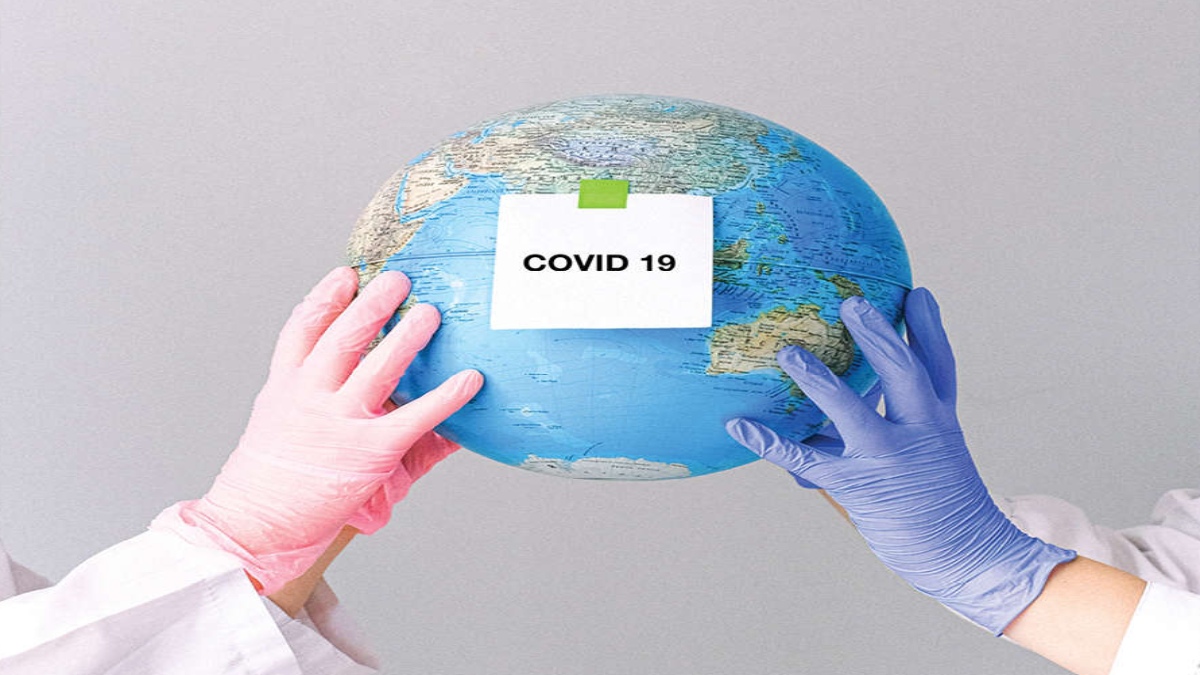
Even if the new variant of the Covid-19 virus is yet to spread in India at the scale it has spread in Europe and South Africa, all the trappings that accompany a new variant are there on the ground at Delhi’s T3— the fear, panic, and the chaos. With international flights ready to resume from December 15, the airport had groomed itself to resume activities and the focus was on flights taking off. But once Omicron was detected and global alert bells rang, India too put in its new norms which included testing of those passengers arriving from the list of ‘At-Risk’ countries. These include the United Kingdom, all 44 countries in Europe, South Africa, Brazil, Bangladesh, Botswana, China, Mauritius, New Zealand, Zimbabwe, Singapore, Hong Kong, and Israel. The testing centers which were earlier there at the airport during the Delta variant had since reduced their staff. Now suddenly in the blink of an eye, they were told to begin screening the arrivals yet again. Almost overnight, they had to not just ramp up the testing but also set up the supporting infrastructure.
Those passengers who were landing from other countries were not at risk of getting caught up in the rush and simply added to the already crowded airport. The site of the tests is between the aerobridge and the immigration counters. But here is the catch: the said corridor is not designed to be a holding area but a transit one. Now suddenly with as many as three to four flights landing at the same time you had passengers crowding this confined space waiting for the test results that took anything from two to eight hours. If you signed online for the RT-PCR test before boarding the flight the fee is Rs 500 and you have to wait eight hours. Most passengers (at least those who could afford it) on landing opted for the Rapid PCR test that cost Rs 3900 and took two hours for the result. In the meanwhile, the only option for the passengers was to wait and have coffee from the vending machine that was installed as recently as December 2nd, the very next day after the new rules came into being.
Crossing immigration is another nightmare with long queues even at the counters earmarked for those needing special assistance or those with a diplomatic passport. This takes anything from two hours to beyond. And don’t think you are in the clear yet because the baggage belt brings its own chaos. Because so many passengers are still stranded at the testing sites, their luggage has been taken off the belt and is lying around. So, all the best for identifying your bag amidst all those that have been offloaded from the belt. The civil aviation minister Jyotiraditya Scindia has been monitoring the situation and has held several high-level meetings to figure out a solution to ease this mess, so let’s watch this space.
So far India has recorded 21 cases of Omicron in Maharashtra, Rajasthan, and Delhi. The testing at the airport will only tell you if you have Covid or not. But to figure out which variant, one will have to send the results for genome sequencing, a process that takes anything from five to seven days. In the meantime, there has been enough exposure at the airport testing center to spread the virus if a passenger tests positive. And the one thing we know about Omicron is that it is highly contagious.
The other thing that we suspect— though it will take further two weeks to establish this as a certainty— is that the virus is not as lethal as the Delta variant. As we have learnt from the Delta variant, closing our borders does not stop the spread of the virus. What stops it is masks and vaccinations. While vaccine hesitancy still looms large in our villages, most of those who have taken the two doses are now ready for their third. Especially the health care workers and the elderly. The government is mulling a third dose but does it have the requisite funds for it? In the meantime, unused vaccinations are lying with private hospitals as most are opting for the government centers offering a free dose, especially now that the rush has eased. The government needs to find a solution to balance the two.
And in the end, if indeed the new variant isn’t as lethal as the Delta one (even if it’s more contagious) we may be moving towards the scenario where covid gets flu-like status. Which honestly is the best-case scenario that everyone is hoping for.